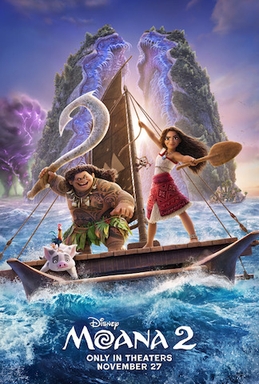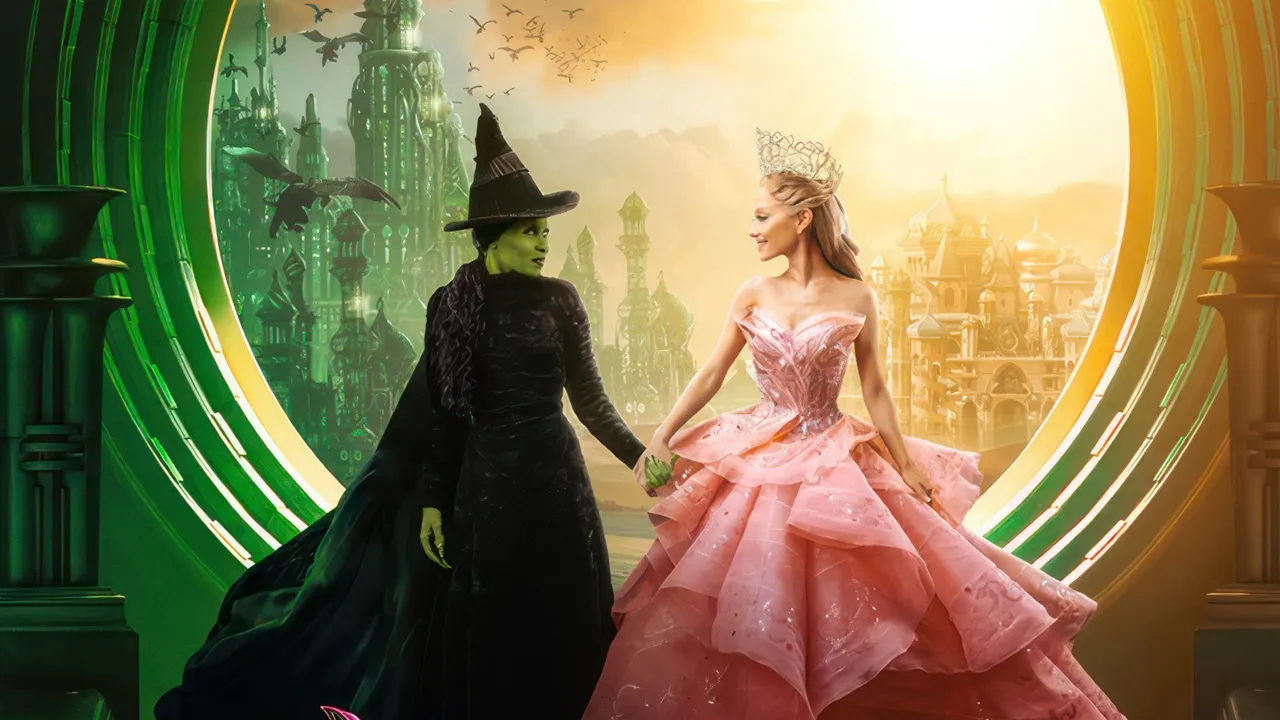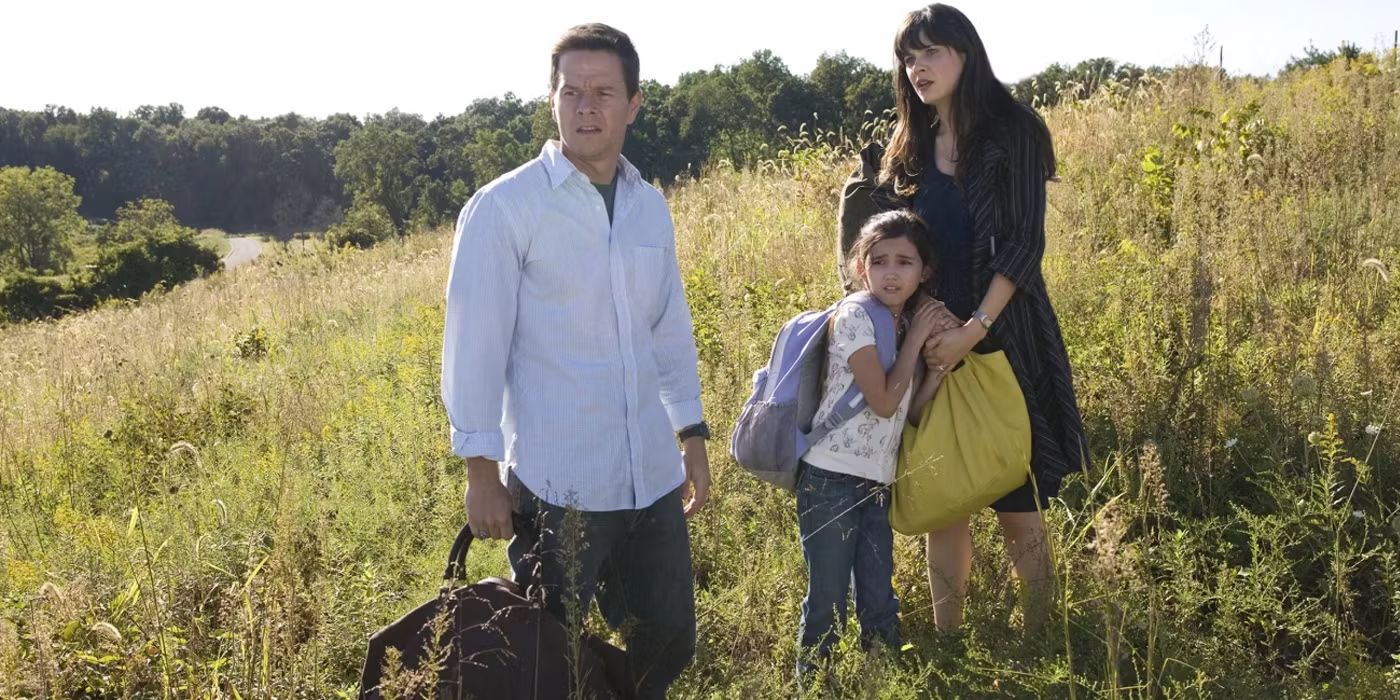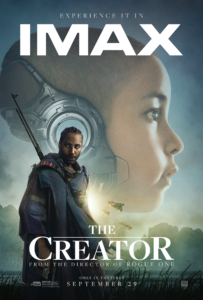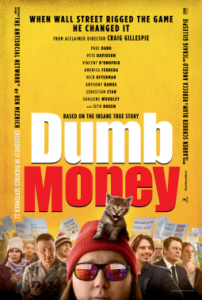Family Movies for Halloween 2023!
Posted on October 24, 2023 at 8:06 am
Happy Halloween! 
Halloween gives kids a thrilling opportunity to act out their dreams and pretend to be characters with great power. But it can also be scary and even overwhelming for the littlest trick-or-treaters. An introduction to the holiday with videos from trusted friends can help make them feel comfortable and excited about even the spookier aspects of the holiday.
Kids ages 3-5 will enjoy Barney’s Halloween Partywith a visit to the pumpkin farm, some ideas for Halloween party games and for making Halloween decorations at home, and some safety tips for trick-or-treating at night. They will also get a kick out of Richard Scarry’s The First Halloween Ever, which is Scarry, but not at all scary!
Curious George: A Halloween Boo Fest has the beloved little monkey investigating the Legend of “No Noggin.” Disney characters celebrate Halloween in Mickey Mouse Clubhouse – Mickey’s Treat
.
Witches in Stitches is about witches who find it very funny when they turn their sister into a jack o’lantern. And speaking of jack o’lanterns, Spookley the Square Pumpkin,
is sort of the Rudolph the Red-Nosed Reindeer of pumpkins. The round pumpkins make fun of him for being different until a big storm comes and his unusual shape turns out to have some benefits.
Kids from 7-11 will enjoy , A Babysitter’s Guide to Monster Hunting. It has gorgeously imagined settings, a great cast, and an exciting story that hits the exact sweet spot between funny-scary and scary-funny. Which means it is exciting and fun. “Muppets Haunted Mansion” combines all the Muppet favorites with one of the most popular attractions at the Disney theme parks, which also inspired this year’s Haunted Mansion live-action film starring Tiffany Haddish, Danny DeVito, Owen Wilson, Rosario Dawson, Jamie Lee Curtis, and LaKeith Stanfield. If you have Disney+, be sure to watch the Behind the Attraction episode about the creation of the various Haunted Mansions and how each one is designed specifically for its location.
Don’t forget the classic It’s the Great Pumpkin, Charlie Brown and the silly fun of What’s New Scooby-Doo: Halloween Boos and Clues.
Try The Worst Witch
movie and series, about a young witch in training who keeps getting everything wrong. School-age kids will also enjoy The Halloween Tree
, an animated version of a story by science fiction author Ray Bradbury about four kids who are trying to save the life of their friend. Leonard Nimoy (Mr. Spock on the original “Star Trek”) provides the voice of the mysterious resident of a haunted house, who explains the origins of Halloween and challenges them to think about how they can help their sick friend. The loyalty and courage of the kids is very touching.
Debbie Reynolds plays a witch who takes her grandchildren on a Halloween adventure in the Disney Channel classic in Halloweentown. Recent favorites include The House with a Clock in Its Walls, The Curse of Bridge Hollow, and Goosebumps.
Older children will appreciate The Witches, based on the popular book by Roald Dahl (the original with Anjelica Huston, not the remake with Anne Hathaway) and Hocus Pocusand the new sequel, with children and teens battling three witches played by Bette Midler, Sarah Jessica Parker, and Kathy Najimy. And of course there is the deliciously ghoulish live-action double feature Addams Family and Addams Family Values
based on the cartoons by Charles Addams. Episodes of the classic old television show are online and there are now two animated films for younger kids. The second is better than the first. The new Munsters from Rob Zombie is not good, but the original TV series episodes are still fun.
Beetlejuice is a classic, now even a Broadway musical. I’m fond of Beautiful Creatures, based on the best-selling YA novels about a witchy family in the American South.
ParaNorman and Monster House are two wonderful movies that should become a family Halloween tradition. Frankenweenie, Igor, and the Hotel Transylvania series are also a lot of fun.
The Nightmare Before Christmas has gorgeous music from Danny Elfman and stunningly imaginative visuals from Tim Burton and Henry Selick in a story about a Halloween character who wonders what it would be like to be part of a happy holiday like Christmas. Selick’s Coraline, based on the book by Neil Gaiman, is wildly imaginative andhis 2022 film, “Wendell & Wild,” was co-written with Jordan Peele, who lends his voice to the film with his longtime colleague Keegan-Michael Key.
And don’t forget old classics like The Cat and the Canary and The Ghost and Mr. Chicken. (horror/comedy treats) and the omnibus ghost story films Dead of Night and The House that Dripped Blood.
Looking for a romantic comedy for Halloween? Try Jimmy Stewart, Kim Novak, and Jack Lemmon in “Bell Book and Candle.”
Or Frederic March and Veronica Lake in “I Married a Witch.”
Happy Halloween!

